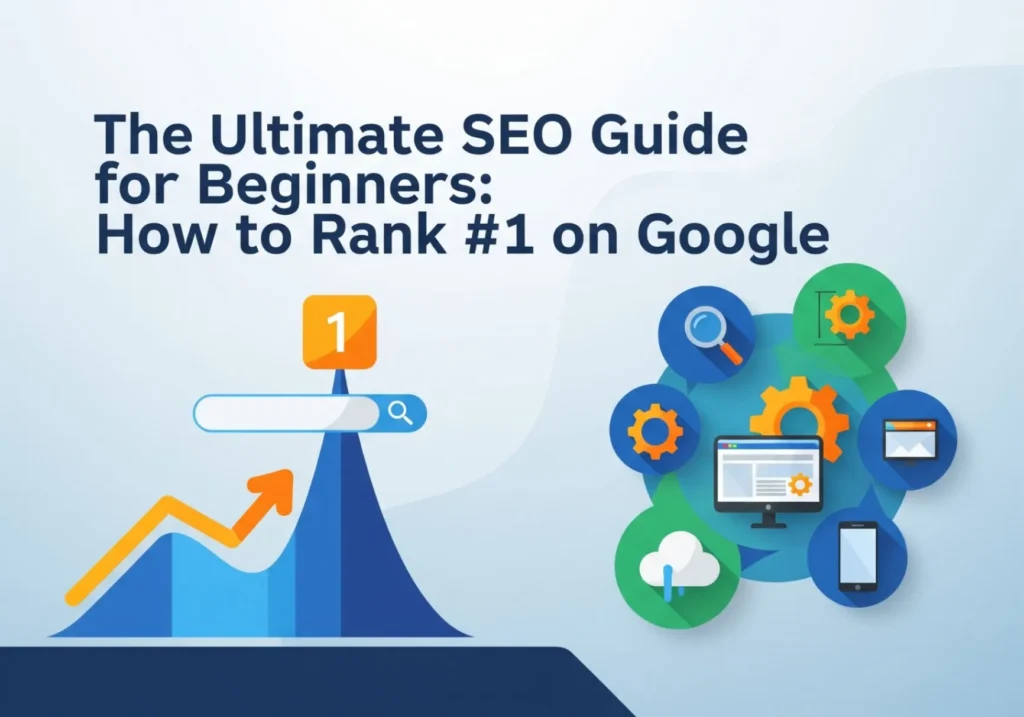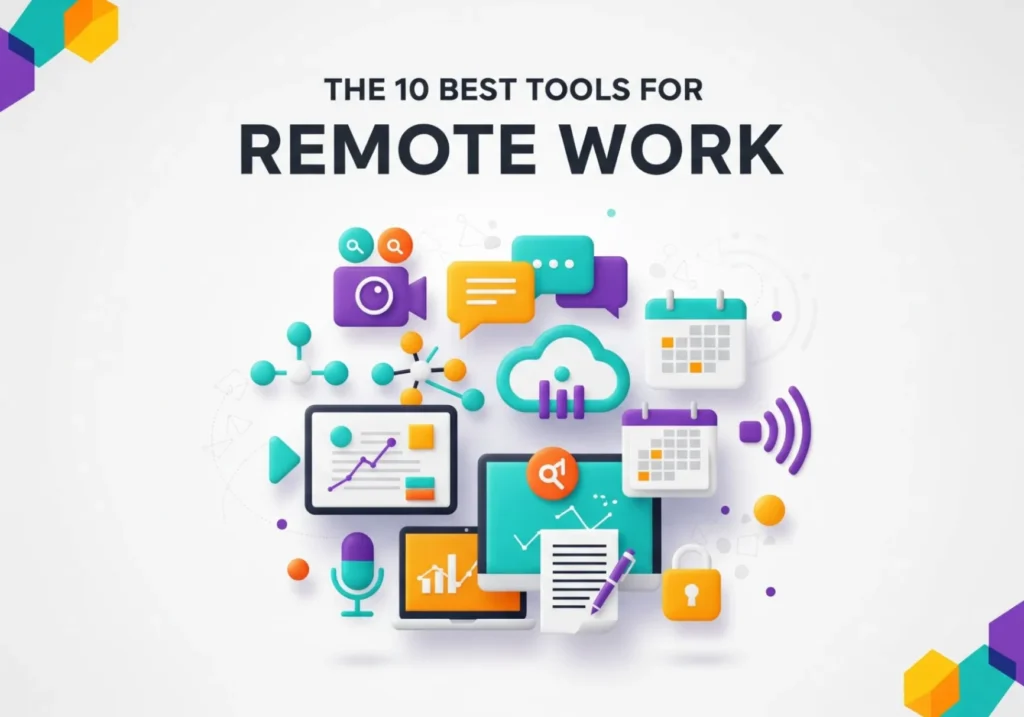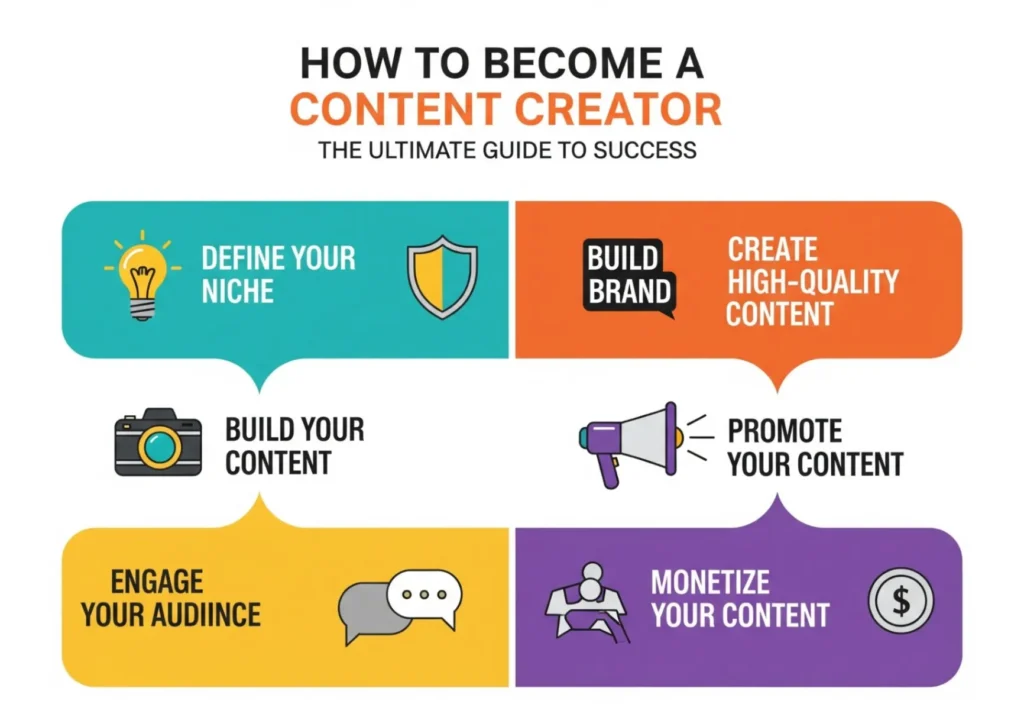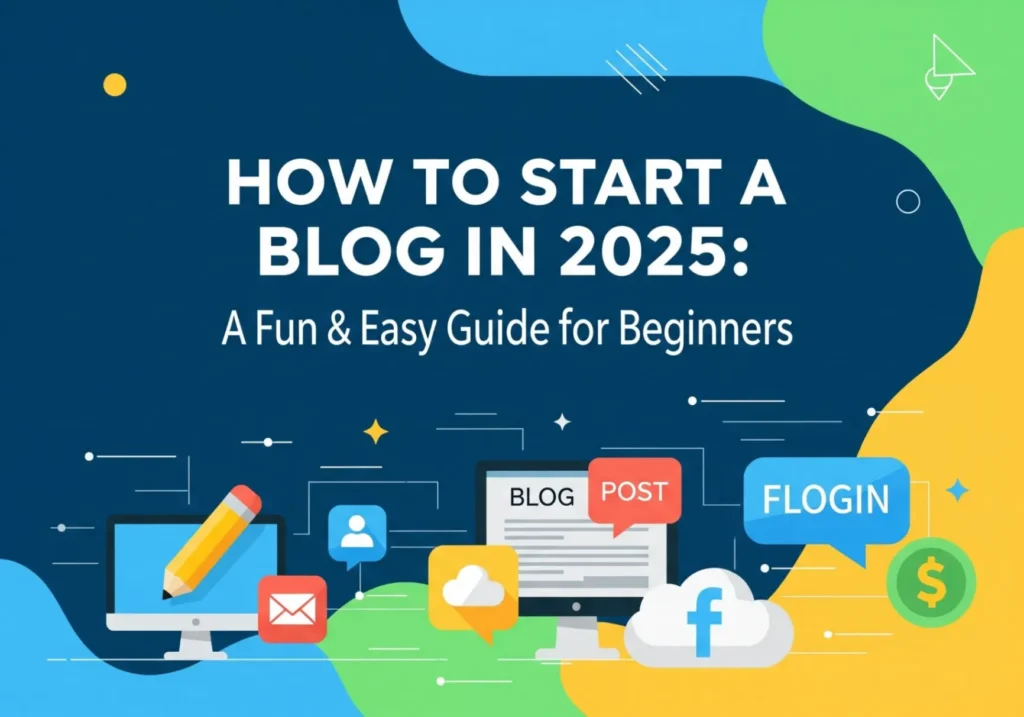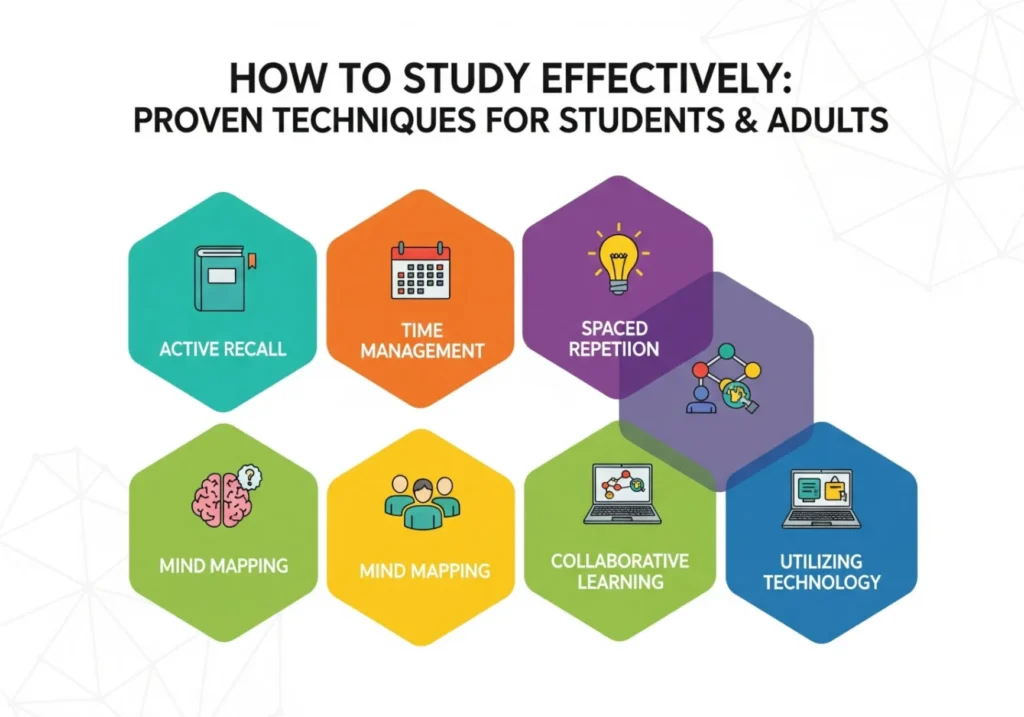The Ultimate SEO Guide for Beginners (2025): How to Rank #1 on Google
You’ve built a beautiful website. You’ve poured your heart into creating amazing content, products, or services. You hit “publish,” and then… crickets. Your site is a stunning digital island, but no one knows how to find it. This is where SEO comes in.
Search Engine Optimization (SEO) isn’t just a marketing buzzword—it’s the map that guides people to your island. It’s the art and science of making your website irresistible to search engines like Google. In 2025, with AI-driven algorithms, the explosion of voice search, and sky-high user expectations, mastering SEO is the single most important factor for online success.
Whether you’re launching a personal blog, an e-commerce store, or a professional portfolio, this beginner-friendly guide will demystify SEO. We’ll break down the core principles and give you an actionable roadmap to rank higher, attract floods of organic traffic, and leave your competitors in the dust. Let’s unlock the secrets to Google’s first page.

Table of Contents
- What Is SEO and Why Does It Matter in 2025?
- The 3 Pillars of Modern SEO
- 2025 SEO Trends You Absolutely Cannot Ignore
- Your 30-Day SEO Action Plan for Beginners
- Top 5 Free SEO Tools to Get You Started
- Common SEO Mistakes to Avoid in 2025
- Frequently Asked Questions (FAQ)
- Conclusion: Your Journey to the Top of Google
What Is SEO and Why Does It Matter in 2025?
In the simplest terms, SEO is the practice of increasing the quantity and quality of traffic to your website through organic (non-paid) search engine results. It involves making specific changes to your website’s design and content to make it more attractive to search engines.
Why is this so critical in 2025?
- Search is the Starting Point: A staggering 72% of all online experiences begin with a search engine. If you’re not visible on Google, you’re invisible to most of your potential audience.
- The Rise of Voice & AI Search: Nearly 50% of all queries are now made via voice search, thanks to smart speakers and AI assistants. SEO in 2025 means optimizing for conversational questions, not just keywords.
- Google’s Algorithms are Smarter: Google no longer just matches keywords. Its AI-driven algorithms prioritize sites that offer the best possible user experience—meaning sites that are fast, secure, relevant, and trustworthy.
The 3 Pillars of Modern SEO
Think of building a high-ranking website like building a house. To be successful, you need three things: a solid foundation, well-designed rooms, and a great reputation in the neighborhood. SEO works the same way.
Pillar 1: Technical SEO – The Solid Foundation
Technical SEO is all about making sure search engines can easily find, crawl (read), and index (store) your website without any issues. If your site’s technical foundation is cracked, everything else you build on top will crumble.

- Step 1: Optimize for Blazing-Fast Site Speed. Use Google’s PageSpeed Insights tool to test your site. It will give you a score and specific recommendations. Common fixes include compressing your images with a tool like TinyPNG and choosing a high-quality web host.
- Step 2: Master Mobile-First Indexing. With over 85% of searches happening on mobile devices, Google now primarily uses the mobile version of a site for indexing and ranking. Your site MUST be responsive (look great on all devices). Use a modern WordPress theme and test your site’s mobile-friendliness with Google’s own tool.
- Step 3: Create a Clean Site Structure. A logical site structure (e.g., Homepage -> Categories -> Posts) helps both users and search engines navigate your site. Create and submit an XML sitemap to Google Search Console to give Google a clear map of all your important pages.
- Step 4: Fix Crawl Errors. Use a tool like Screaming Frog (free for up to 500 URLs) to find broken links (404 errors) and other issues that prevent Google from properly crawling your site.
Pillar 2: On-Page SEO – The Perfect Content
On-Page SEO is the practice of optimizing the actual content and HTML source code of your pages. This is where you show Google what your page is about and prove its relevance to a user’s search query.
- Step 1: Conduct Smart Keyword Research for 2025. Keywords are the queries people type into Google. Use tools like Semrush or Ahrefs (both offer free versions) to find what your audience is searching for. Focus on:
- Long-Tail Keywords: These are longer, more specific phrases (e.g., “how to start a vegan blog for beginners in 2025”). They have lower competition and higher conversion rates.
- User Intent: Try to understand *why* someone is searching. Are they looking for information, a product to buy, or a specific website? Tailor your content to match that intent.
- Step 2: Craft High-Quality, SEO-Friendly Content. In 2025, thin, low-effort content doesn’t rank. Aim to create comprehensive, 1,500+ word guides that are the best possible answer to a user’s question. Naturally include your target keyword in your title, headings, and throughout the text. Add internal links pointing to other relevant posts on your site to keep users engaged and help Google discover more of your content.
- Step 3: Optimize Your Meta Tags. These HTML elements tell search engines what your page is about.
- Title Tag: This is the blue clickable link in search results. It should be under 60 characters and include your main keyword.
Beginner’s SEO Guide for 2025: Rank #1 on Google - Meta Description: The short description under the title. It should be under 160 characters, enticing, and include your keyword.
- Alt Text for Images: Describe your images for visually impaired users and for search engines. This is great for image SEO.

- Title Tag: This is the blue clickable link in search results. It should be under 60 characters and include your main keyword.
Pillar 3: Off-Page SEO – Building Authority & Trust
Off-Page SEO involves actions taken outside of your own website to impact your rankings. It’s all about building your site’s reputation and authority. A key component of this is link building.

- Step 1: Earn High-Quality Backlinks. A backlink is a link from another website to yours. Google views these as “votes of confidence.” Quality matters far more than quantity. A single link from a reputable site like Forbes or a major blog in your niche is worth more than 100 links from low-quality sites.
- Guest Posting: Write a helpful article for another reputable website in your industry and include a link back to your site in your author bio.
- HARO (Help a Reporter Out): Sign up for this free service to provide expert quotes to journalists. If they use your quote, they’ll often link back to your website as the source.
- Step 2: Leverage Social Signals. While social media shares aren’t a direct ranking factor, strong social media engagement drives traffic, builds brand awareness, and can lead to natural backlinks. Share your content on relevant platforms like LinkedIn, Pinterest, or even TikTok.
- Step 3: Monitor Your Brand Mentions. Set up a Google Alert for your brand name. If you find a website has mentioned you without linking to you, send a friendly email asking if they would consider adding a link.
Key Takeaway: SEO success rests on three pillars: a flawless technical foundation, valuable and relevant content, and a strong reputation built through high-quality backlinks.
2025 SEO Trends You Absolutely Cannot Ignore
- AI-Driven Content Creation & Optimization: Tools like Jasper AI and Surfer SEO can help you brainstorm ideas and structure content. However, Google’s algorithms can detect purely AI-generated text. The winning strategy is to use AI as a co-pilot, but always add your own unique human experience, voice, and expertise.
- Voice Search Optimization: Optimize your content to answer conversational questions. Use tools like AnswerThePublic to find what people are asking. Structure your content with clear headings and concise answers that can be easily pulled for a voice search result.
- E-E-A-T is King: This stands for Experience, Expertise, Authoritativeness, and Trustworthiness. It’s not a direct ranking factor, but a framework Google uses to assess content quality. Demonstrate it by:
- Writing detailed author bios.
- Citing credible sources.
- Showcasing case studies, testimonials, and reviews.
- Writing from genuine, first-hand experience.
- The Rise of Zero-Click Searches: More and more, Google is answering user queries directly on the search results page via “featured snippets.” To capture these, structure your content to provide direct answers. Use clear headings, bulleted lists, and tables that Google can easily extract.
Your 30-Day SEO Action Plan for Beginners
Feeling overwhelmed? Follow this simple plan to kickstart your SEO journey.
| Week | Action Items |
|---|---|
| Week 1 | Technical Foundation: Set up Google Analytics & Search Console. Run a PageSpeed Insights test and fix the top 2-3 issues. Ensure your site is mobile-friendly. |
| Week 2 | Content Creation: Conduct keyword research to find 2-3 core “pillar post” topics. Write and publish your first in-depth, 1,500+ word guide. |
| Week 3 | Initial Link Building: Identify 10 blogs in your niche. Reach out to one or two with a personalized guest post pitch. Sign up for HARO. |
| Week 4 | Track & Optimize: Check Google Search Console to see what queries you’re starting to appear for. Look for opportunities to improve your existing content based on this data. |
Top 5 Free SEO Tools to Get You Started
- Google Keyword Planner: The original tool for finding keyword search volumes and ideas, directly from Google.
- Ubersuggest: A user-friendly tool from Neil Patel that’s great for analyzing competitor backlinks and content ideas.
- AnswerThePublic: A fantastic tool for visualizing the questions, prepositions, and comparisons people are searching for around your keyword. Perfect for voice search optimization.
- Canva: Create beautiful, shareable infographics and social media graphics that can attract backlinks and social signals.
- ChatGPT (Free Version): An indispensable assistant for brainstorming content ideas, generating meta descriptions, and outlining articles.
Common SEO Mistakes to Avoid in 2025
- Keyword Stuffing: Unnaturally jamming keywords into your text. Google is smart; write for humans first, bots second.
- Ignoring Mobile Users: A slow or broken mobile experience will kill your rankings. Test your site constantly on your own phone.
- Skipping Alt Text: Every image is an opportunity for SEO. Always write descriptive alt text.
- Neglecting Local SEO: If you have a physical business, claiming and optimizing your Google Business Profile is the most important SEO task you can do.
Frequently Asked Questions (FAQ)
Q1: How long does SEO actually take to work?
A: SEO is a marathon, not a sprint. While you can see some initial movement in a few weeks, it typically takes 3 to 6 months of consistent effort to see significant, lasting results. The exact timeline depends on your industry’s competitiveness, your site’s authority, and the quality of your work.
Q2: Do I need to hire an expensive SEO expert?
A: Not to get started! By following the principles in this guide, you can handle the fundamentals of SEO yourself. As your business grows, you may choose to hire an expert or agency to scale your efforts, but a solid DIY foundation is entirely achievable.
Q3: Is SEO dead because of AI?
A: Absolutely not. SEO is more alive than ever—it’s just evolving. AI isn’t replacing SEO; it’s becoming a powerful tool *within* SEO. AI enhances our ability to analyze data, create content frameworks, and optimize for user intent. The human element of strategy, creativity, and genuine experience is now more valuable than ever.
Conclusion: Your Journey to the Top of Google
SEO in 2025 is a dynamic and exciting field. It’s less about technical tricks and more about providing genuine value to users. By building a technically sound website, creating stellar content that answers your audience’s deepest questions, and establishing your authority, you’ll be building a sustainable engine for long-term growth.
Don’t be intimidated by the jargon. At its heart, good SEO is good marketing. It’s about understanding your audience and giving them exactly what they’re looking for, right when they’re looking for it. Start with the basics, stay consistent, and be patient. The view from the first page of Google is worth the climb.
Ready to conquer the search rankings? Bookmark this guide and share your biggest SEO question in the comments below!
